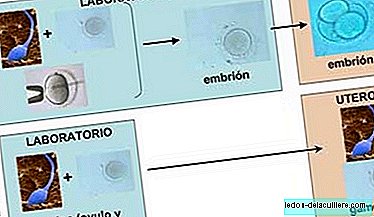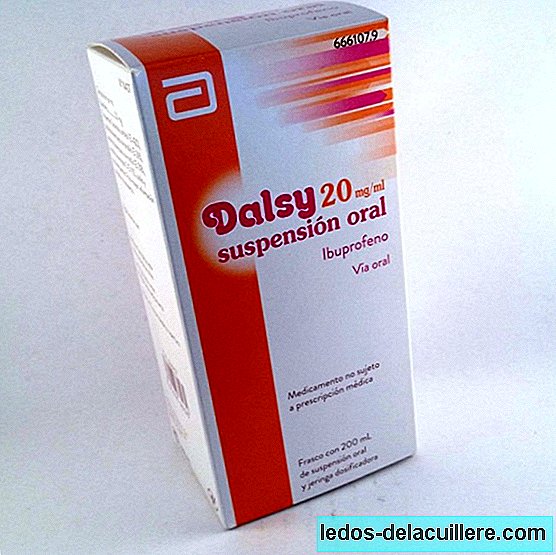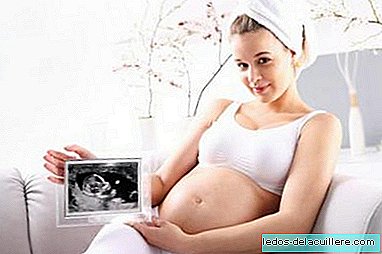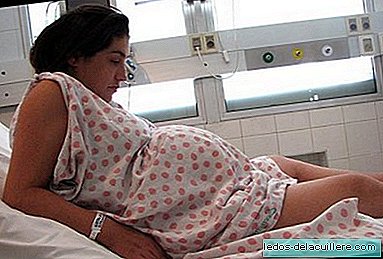
Artificial reproduction techniques advance every day to offer solutions that are more in line with the needs of each couple.
In Vitro fertilization has managed to convert thousands and thousands of couples into parents, however, many sterile couples (20%) do not resort to it for ethical or moral reasons because they do not agree with fertilization produced outside the uterus and the discarding of embryos left over.
A new technique has come out that will interest these couples and those who want a more "natural" version. Also attractive to those who have had repeated implantation failures in in vitro fertilization. The technique is called gamete transfer and it is halfway between artificial insemination and in vitro fertilization.
It consists of extracting the female gametes (ovules) and the male gametes (spermatozoa) and within a few hours transferring the oocytes (usually 3) along with the more trained sperm cells so that they fertilize inside the uterus. In this way, the embryo will form inside the woman's body and there will be no leftover embryos.
In vitro fertilization, however, fertilization is performed in the laboratory and after a few days two embryos are usually transferred to the mother's womb and the leftovers are frozen. On the other hand, in artificial insemination sperm are deposited in the uterus so that they fertilize the ovule.
The gamete transfer success rate (TUG) is between 28% and 29%, lower than the IVF that reaches about 45%, but higher than the artificial insemination success rate of around 12% .
Another point to consider is the costs, since it is the impediment of many couples who cannot bear the high prices of IVF.
It is a more economical technique than IVF, according to experts about 30%, because laboratory costs are reduced since the process is shortened when fertilization occurs within the mother.
Of course, it promises to be a very interesting alternative.











